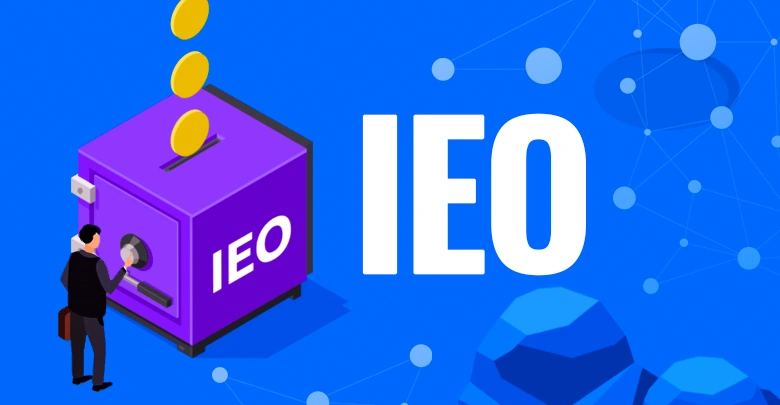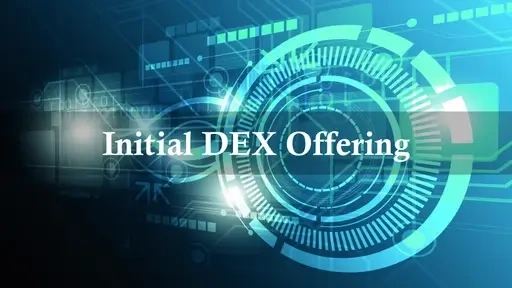IDO vs IEO — What’s really the difference?
Alright, so you’ve probably heard these two terms tossed around in the crypto space. IDO vs IEO—they sound similar, maybe too similar. But if you’re thinking they’re just rebranded versions of the same thing? Think again.
Both are fundraising models used by blockchain projects, but they go about things in very different ways. One uses centralized exchanges, the other goes all-in on decentralization. Not sure which is which—or which is better for you? Here are 5 real differences that’ll clear things up fast.
1. Platform: Centralized vs Decentralized
IEO (Initial Exchange Offering) happens on centralized platforms like Binance or Huobi. The exchange acts as the middleman, listing the token and handling most of the process.
IDO (Initial DEX Offering) takes place on decentralized exchanges (DEXs) like Uniswap or PancakeSwap. There’s no middleman—just you, your wallet, and a smart contract.
So if you’re the type who likes structure and maybe a bit of gatekeeping? IEO feels safer. But if you’re into open access and no rules… well, IDO’s your jam.


2. IDO vs IEO Access & Participation Rules
This one’s a biggie.
IEOs often require users to create accounts, complete KYC, and follow specific platform requirements. It’s a bit like signing up for a bank app—controlled, secure, but a little tedious.
IDOs are borderless. No KYC, no account setup, just plug in your wallet and go. The flip side? It’s easy for just about anyone to launch a token… for better or worse.

3. Risk Level: Filtered vs Unfiltered
IEOs are typically “curated” by the exchange. Projects are (theoretically) reviewed before getting approved. It’s not bulletproof, but there’s at least a filter.
IDOs? No filters. Anyone can launch one. Yes, that means you might catch a breakout gem—but also that rug pulls are more than just a scary story.
If you’re new to crypto and not keen on combing through GitHub pages or whitepapers, this difference matters a lot.

4. Speed & Hype Factor
IDOs move fast. Really fast. Once a pool opens on a DEX, it can sell out in seconds. The hype is real—and so is the gas war if you’re using Ethereum.
IEOs feel more like organized drops. They usually come with clear timelines, tiers, and a bit more breathing room.
So if you’re not into lightning-speed launches or FOMO-fueled decision-making, IEOs may offer a calmer experience.

5. Investor Type Fit
This is the big takeaway.
- IEO fits beginners, casual investors, or anyone who prefers structure and some degree of safety net.
- IDO fits crypto-native folks, risk-tolerant users, or people who like getting in early—even if it means digging through noise to find the signal.
Neither is better for everyone. But knowing which model fits you can help you make smarter calls.

Final thoughts on IDO vs IEO
Let’s not pretend the crypto space is easy to navigate—it’s not. But comparing IDO vs IEO in real terms like these can help clear the fog.
Both models are trying to do the same basic thing: help projects raise money. But how they do it, who they invite, and how much trust you have to put in the process? Totally different stories.
So next time you’re eyeing a launch, ask yourself: are you more of an IEO type—or are you ready to dive headfirst into the world of IDOs?
Relevant news: IDO vs IEO: A Clear Pros & Cons Breakdown for Curious Investors




